#gulf islands
Text

Oli, at the end of The Gulf (2024).
Based on the first drawing for what became my first full length graphic novel.
#graphic novel#the gulf#comics#comic#cartoonist#cartoon#gulf islands#canada#commune#YA#young adult#anti coming of age
267 notes
·
View notes
Text
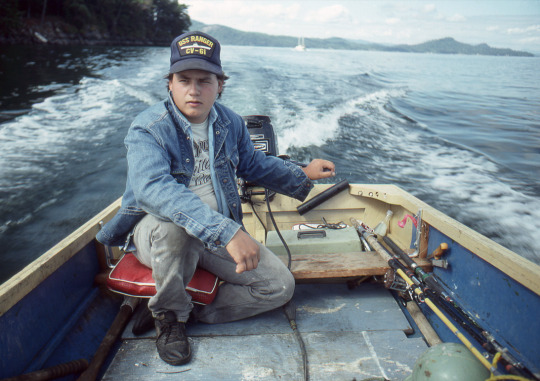
Headed out to check crab traps and do a little fishing.
Golf Islands, British Columbia
1988
#vintage camping#campfire light#british columbia#fishing#crabbing#boating#gulf islands#history#camping#exploring
222 notes
·
View notes
Text
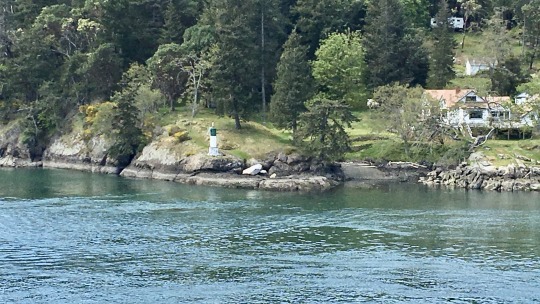
Cruising through the Gulf Islands, British Columbia, 2016.
#landscape#seascape#lighthouse#gulf islands#british columbia#canada#2016#photographers on tumblr#pnw#pacific northwest
3 notes
·
View notes
Text

The Art of Nothing x KOU Studios x Mount Pleasant.
Southern Gulf Island's pop-up art gallery representing the Salt Spring, Pender, Saturna, Galiano, and Mayne Islands.
#media#rick chung#events#art#art exhibition#art exhibit#art installation#typewriter#white#vancouver#mount pleasant#vancity#british columbia#lower mainland#gulf islands
2 notes
·
View notes
Text
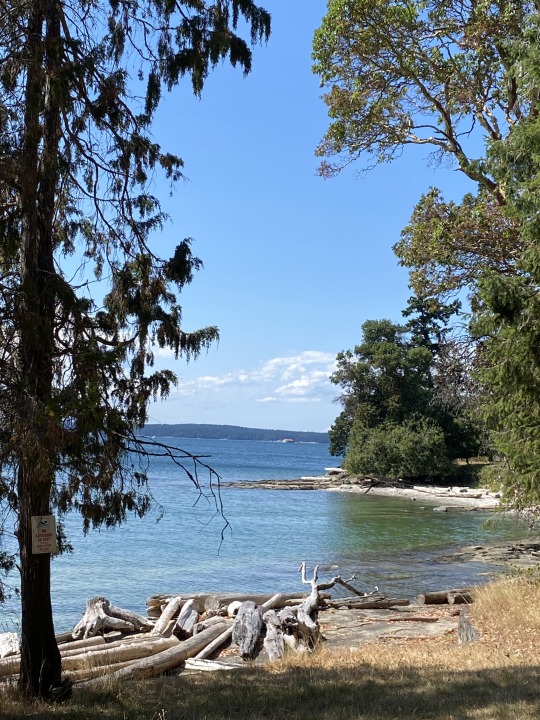
THE PORTAL
There’s a place I’ve always known,
Where the gulf islands were just precious flecks of green
dotting the coastline
Her bungalow on that little island, built on volcanic rock
and mossy overgrowth that spread like wildfire.
Filled with Fir and Arbutus, with its red peeling bark
like my sunburned skin, after our days spent
on the rocky beaches
Thetis island was where we were wild,
and my brother was always the one
with an eye for adventure, a taste of fire no matter
how it burned and a yearning to discover.
To upturn every rock on the beach and see all the jagged shapes,
shades and colours
of the crabs who made their home beneath them,
and the purple pancake jellyfish
washed up on the beach. He would poke their translucent veins,
tell me they were too gone to feel it and move on.
But I couldn’t forget.
Every crevice and crater of that volcanic rock, filled with water
were endless little moon pools for the critters inside
Ones that prick your finger, trap it or kiss it if you get too close.
and In July, the algae is alive at night like clusters of fallen stars
as if the salt turns to pixie dust in the water,
only for a glimmer of the summer.
I used to go into the forest and look at her trees like I was waiting
for them to talk to me. I think I still do, watching
everything from afar and trying to take in all the soul that I see
them miss. I was too young to understand, but I still felt it’s presence
sitting on my chest and cracking my heart open,
Letting the whole world pour in.
I can still see it all so vividly, the only place I can go to in my mind
and stay there,
For a little while, perched on her sloping tree trunk, watching
the waves as they meet the shores’ smooth rock and reach up
towards me, arms outstretched in the blue
Crescendo and crashing again, every breath another step
in her dance,
Every sigh another beat to her song that plays over and again
If you listen closely, can you hear it too?
The steady, whooshing drum of the waves like a seashell
pressed to your ear
or a Heart, beating still
3 notes
·
View notes
Text

Saltspring Brewing Co.
#saltspringisland#brewery#craft beer#nature#west coast#british columbia#vsco#vscocam#explorebc#gulf islands#camping#travel
32 notes
·
View notes
Text
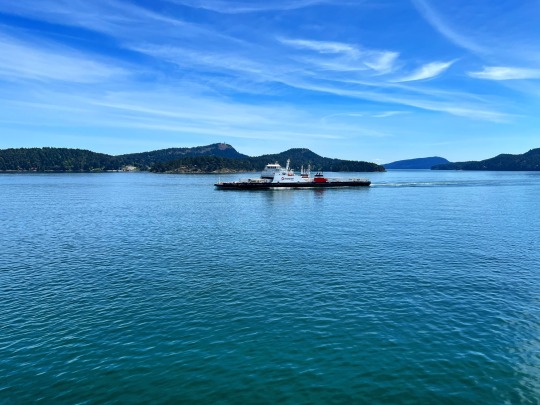
Laying low.
#ferry#british columbia#bc ferries#vancouver island#gulf islands#ferry trip#ferries#west coast#ocean#pacific ocean#boats#boat#Spotify
2 notes
·
View notes
Text

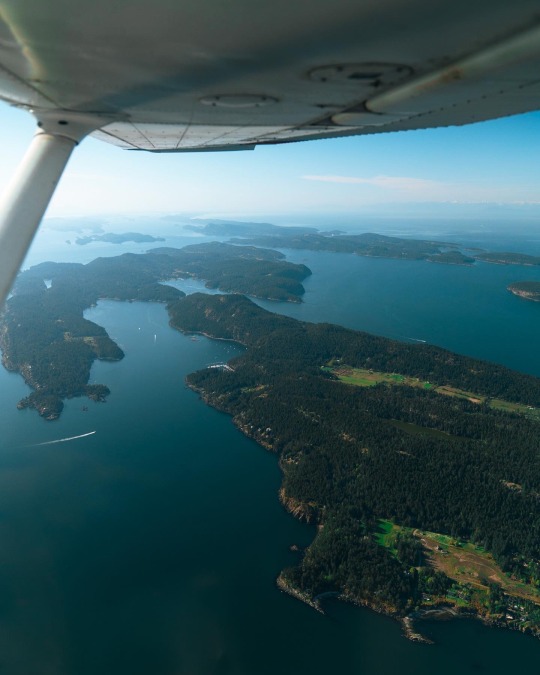

High above some of the most beautiful parts of BC
2 notes
·
View notes
Text
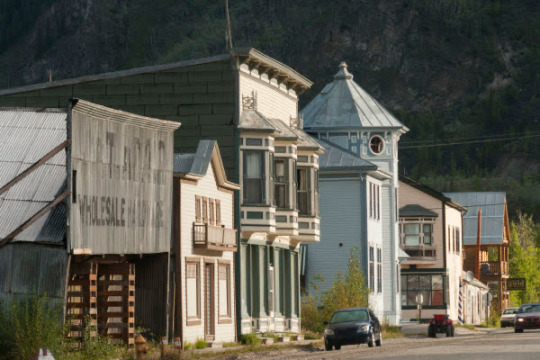
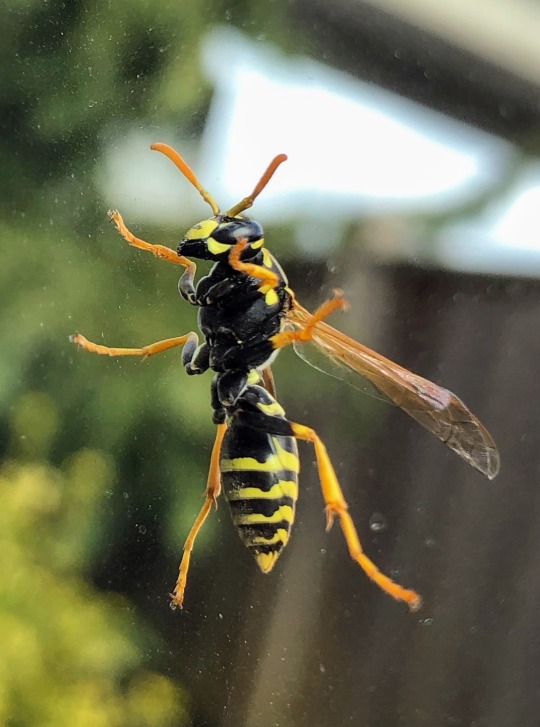

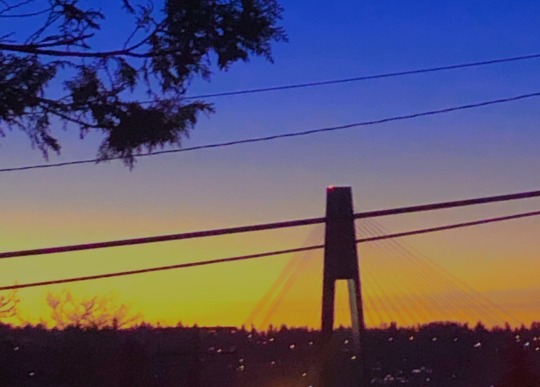


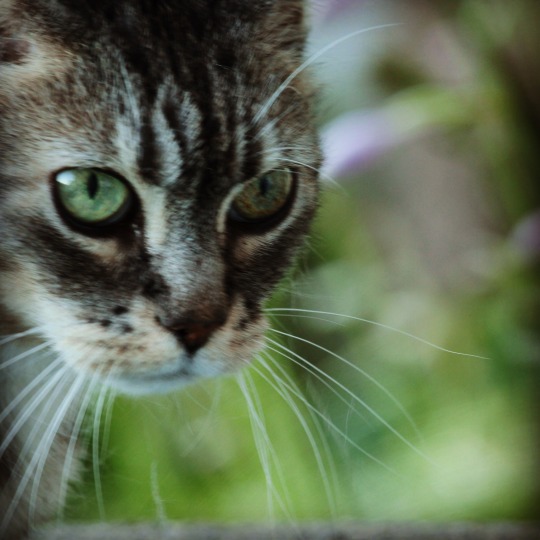

Some of my photos. Please enjoy. More of my photos on IG please follow johead444.
#old town#1800s#old#wasp nest#wasps#ukraine#microscope#pet photoshoot#pet photography#gulf islands#aphids
12 notes
·
View notes
Text

Steampunk Island Hopper
Over the Gulf Islands
By Larry DeFehr
0 notes
Text
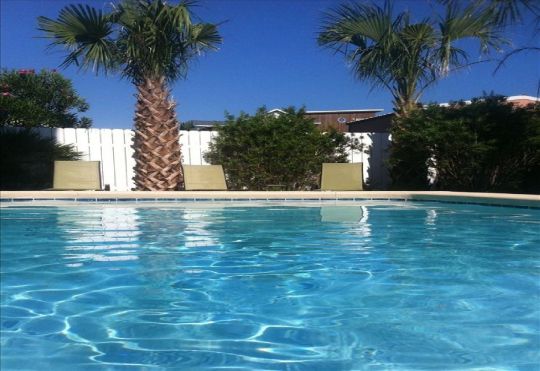
Pensacola Beach Private Home Rental
Pensacola beach vacation home rentals, Pensacola beach private home rentals, Pensacola beach front rentals, vacation house Pensacola beach, Pensacola Beach private house rentals.
https://www.bellabluepcb.com/thing-to-do.php
#Pensacola Beach#Vacation Rentals#Beach House#House Rentals#beach rentals#Gulf Islands#vacation beach rentals#vacation homes#holiday rentals
0 notes
Text
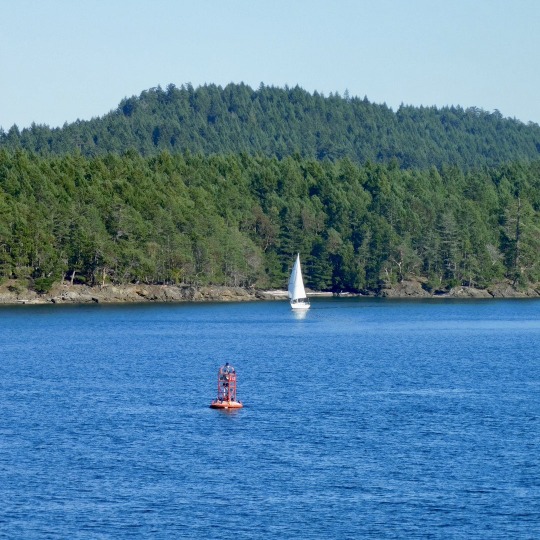
Lovely day for sailing, Salt Spring Island, British Columbia, 2019.
#seascape#sailing#buoy#gulf islands#salish sea#british columbia#2019#photographers on tumblr#pnw#pacific northwest
31 notes
·
View notes
Text

More boring west coast island crap. 🤘🖤
1 note
·
View note
Text

So many things going on here.
But props to #galianoclub for their community cinema night #howtoblowupa pipeline
<3
#Galiano club#Galiano#gulf islands#how to blow up a pipeline#community hall#magic carpet ride#persian carpet#how’s your carbon footprint
0 notes
Text
Back in British Columbia, six kilometers north of D’Arcy Island, I wade after Tara Martin through understory thick and green. We’re traversing another small island in the Salish Sea, beneath a similar canopy of oak and fir, but here a profusion of herbs and plump oceanspray—along with seedlings, saplings, and adolescent trees—rises all around us. Unlike the stand of the living dead on D’Arcy Island, this small, fully functioning forest has a brighter future in store.
There’s a certain swagger in Martin’s step as she shows off the place. Uninhabited SISȻENEM [cease-kwa-nem] Island is one of the few islands in her study area that doesn’t have deer, due to swift local currents. Thanks in part to her work behind the scenes, the Land Conservancy of British Columbia, a nonprofit, charitable trust, purchased the island from a private seller in 2021 and is in the process of transferring it back to the local W̱SÁNEĆ [wh-say-nech] First Nations. A loose translation of SISȻENEM means “sitting out for pleasure of the weather.” The island is, Martin says, one of the last examples of what this coast once looked like and could resemble again.
And now she picks up the pace. It’s clear she’s saved the best for last. She leads me from the cool, green shadows into a floral fireworks display that runs the gamut from snow white to butter yellow, hot pink to pale lilac, and violet to cobalt blue. Below the flicker of butterflies and the hum of countless bees is a wonderland thicket of flowering plants with some individuals over 100 years old and over a meter high.
These native plants were critical to Indigenous people who once frequented this island to honor and lay their dead to rest as well as to cultivate and harvest prized camas and chocolate lily bulbs, which are rich in carbohydrates, are easy to store, and helped see them through the winter. “Without those plants,” Martin says, “First Nations would not have been able to sustain themselves. They were as important as salmon.” Today, this meadow is both a historic burial ground and the living legacy of their wild gardens. Upon seeing it for the first time, some W̱SÁNEĆ elders were moved to tears.
While Martin and her team continue to study the link between overabundant deer and climate change, she believes that learning to live with predators, boosting deer hunting, and returning Indigenous stewardship to the islands would help restore balance and allow native plant and bird species to thrive. Perhaps it could even serve as a model for others facing similar problems. If ecosystems like this are to survive outside hard-to-reach islands, the data indicates that governments and wildlife managers will have to act, Martin says. She hopes her work will help illuminate what’s at stake, so they—and everyone else—can make tough decisions with their eyes wide open.
— Giving Bambi the Boot
#brian payton#giving bambi the boot#animals#zoology#environmentalism#ecology#wildlife conservation#botany#land back#canada#first nations#gulf islands#halibut island#sisȼenem#saanich people#w̱sáneć#deer
1 note
·
View note
Link
Columbian black-tailed deer range from southern British Columbia to Southern California, and as far east as the Cascade Range and southern Sierra Nevada. They are native to this archipelago. They are also wildly out of balance. By the late 1800s, foreign settlers had exterminated the islands’ cougars and wolves, the deer’s primary predators, and alienated Indigenous people from their traditional deer hunting grounds. Over the past century, wildlife managers here and across the continent encouraged the proliferation of all deer species—popular game animals. More recently, changes in regulations and cultural attitudes have resulted in a dramatic drop in hunting. Deer have never had it so easy. Martin estimates that their population on the islands is now 10 times what it was before colonists arrived.
Here and there, oceanspray shoots up like topiary umbrellas. Indigenous people used these flowering shrubs, also known as ironwood, for making tools and utensils. Well past two meters tall, these specimens are old-timers, Martin explains, up to 100 years in age, that have been relentlessly clipped and shaped by deer who swim between islands. Few, if any, new oceanspray plants survive because deer eat them before they can establish. It’s the same for other bushes and flowering plants. Seedling and sapling trees often meet a similar fate. Native deer prefer to browse native fare, especially succulent flowering plants, giving unpalatable invasive plant species an edge. Gone too are the native, perennial, tussock-forming grasses that some birds favor for nesting. What the deer leave behind is an impoverished understory dotted with moss and thorny Himalayan blackberry. And the evidence of deer overbrowsing reaches well beyond the trees.
Martin leads me to a meadow near the beach where the sun illuminates a grassy field of vibrant green. While I take in the inviting scene, she conjures a vanished world of purples and pinks, the trill and hum of pollinating birds and bees—the way this meadow used to be. Martin grew up just 22 kilometers north of here, on Saltspring Island, in the 1970s. “There were places you could be knee-deep in wildflowers,” she recalls. Now, with the proliferation of deer, development, and other stressors, “those places are long gone.” They’ve been replaced by a carpet of invasives, including European orchard grass. It’s a process repeated throughout the archipelago, she says, and wherever overabundant deer are found.
#history#colonialism#climate change#ecology#environmentalism#animals#zoology#wildlife conservation#canada#usa#gulf islands#d'arcy island#salt spring island#deer#black-tailed deer
1 note
·
View note